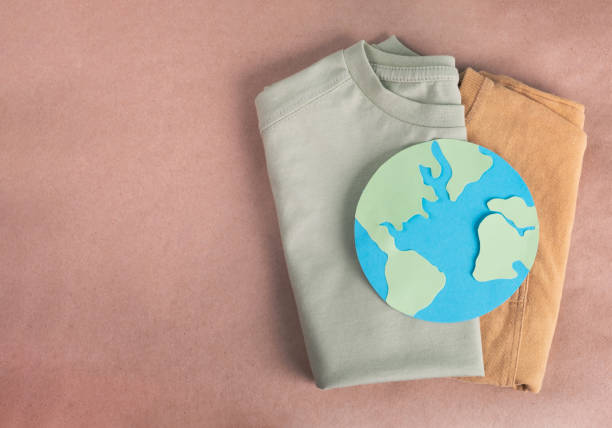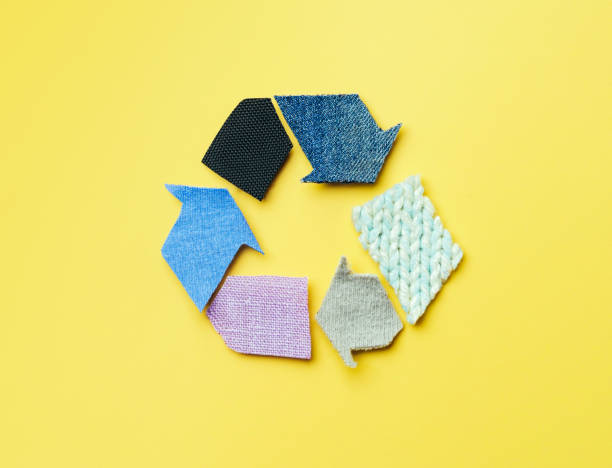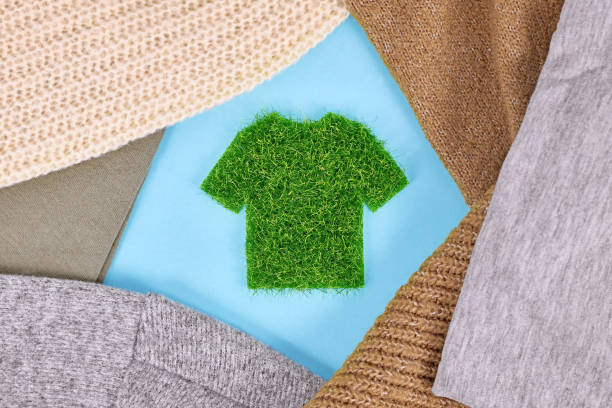The fashion industry is undergoing a transformative shift, with environmentally friendly textiles at the forefront of this revolution. As consumers demand sustainability, the focus on sustainable fabrics and sustainable textile materials has never been more critical. This article explores the innovative world of eco-conscious textiles, offering fresh perspectives on their development, impact, and future. By diving into unique viewpoints and addressing trending online discussions, we’ll uncover why these materials are reshaping fashion and how they align with global environmental goals.
The Rise of Sustainable Fabrics: Why They Matter
The demand for sustainable textiles stems from a growing awareness of fashion’s environmental footprint. Traditional textiles like conventional cotton and polyester contribute to deforestation, water pollution, and massive carbon emissions. In contrast, sustainable fabric materials prioritize low-impact production, biodegradability, and ethical sourcing.
Environmental Impact of Traditional Textiles
Conventional textile production is resource-intensive. For instance, producing one cotton T-shirt can require up to 2,700 liters of water, while polyester manufacturing releases significant greenhouse gases. These alarming statistics have fueled the shift toward greener alternatives, with consumers and brands seeking materials that minimize harm.
Consumer Awareness Driving Change
Online searches reveal a surge in queries like “What are eco-friendly fabrics?” and “How sustainable is my clothing?” This reflects a cultural shift where shoppers prioritize transparency and sustainability. Brands adopting sustainable textile materials not only meet consumer expectations but also contribute to a circular economy, reducing waste and promoting recycling.
The Economic Incentive
Sustainability isn’t just about ethics—it’s also profitable. A McKinsey report highlights that brands investing in eco-friendly practices see increased customer loyalty and market share. By integrating sustainable fabrics, companies align with global trends while future-proofing their businesses.
Innovative Materials Redefining Sustainable Textiles
The world of environmentally friendly textiles is brimming with innovation. From plant-based fibers to lab-grown materials, these fabrics offer unique benefits that traditional textiles can’t match. Let’s explore three groundbreaking examples.
Hemp: The Unsung Hero of Sustainable Fabrics
Hemp is a standout in sustainable textile materials due to its low environmental impact. It requires minimal water, no pesticides, and grows rapidly, making it a renewable resource. Unlike cotton, hemp sequesters carbon, improving soil health. Brands like Patagonia have embraced hemp for its durability and eco-credentials, using it in everything from jackets to jeans.
Recycled Polyester: Giving Plastic a Second Life
Recycled polyester, made from post-consumer plastic bottles, reduces waste and energy use compared to virgin polyester. It’s a prime example of circular fashion, with companies like Adidas producing sneakers and apparel from ocean-bound plastics. This material proves that sustainable fabrics can be both functional and stylish.
Mushroom Leather: The Future of Vegan Textiles
Mushroom leather, derived from mycelium, is a game-changer in sustainable textile materials. It’s biodegradable, cruelty-free, and requires fewer resources than animal leather. Brands like Bolt Threads are pioneering this material, creating luxurious handbags and shoes that rival traditional leather in quality.

Challenges in Scaling Sustainable Textiles
While sustainable fabrics offer immense promise, scaling them presents challenges. These hurdles, often discussed in online forums and Google searches, include cost, accessibility, and consumer education.
High Production Costs
Eco-friendly materials like organic cotton or mushroom leather often come with higher price tags due to complex production processes. For instance, organic cotton farming avoids synthetic fertilizers, increasing labor costs. However, as demand grows, economies of scale are reducing these barriers, making sustainable textiles more affordable.
Supply Chain Limitations
Global supply chains for sustainable fabric materials are still developing. Limited availability of raw materials, such as bamboo or recycled fibers, can hinder mass adoption. Yet, innovations like closed-loop recycling systems are addressing these gaps, ensuring a steady supply of eco-conscious textiles.
Educating Consumers
Searches like “Are sustainable fabrics worth it?” highlight a knowledge gap. Many consumers remain unaware of the benefits of environmentally friendly textiles. Brands must invest in storytelling—through social media, certifications like GOTS (Global Organic Textile Standard), and transparent labeling—to bridge this divide.

The Future of Environmentally Friendly Textiles
The trajectory of sustainable textiles is bright, driven by technological advancements and shifting consumer priorities. Online discussions often focus on “What’s next for sustainable fashion?” Here are two emerging trends shaping the future.
Biofabrication and Lab-Grown Textiles
Biofabrication, like lab-grown silk, eliminates the need for resource-heavy farming. Companies like Spiber are creating spider silk proteins through microbial fermentation, offering a scalable, eco-friendly alternative to traditional silk. This innovation aligns with the growing interest in cruelty-free and low-impact materials.
Digital Fashion and Virtual Fabrics
Digital fashion—virtual clothing for online avatars—is gaining traction, especially among Gen Z. By reducing physical production, digital textiles eliminate waste entirely. Platforms like The Fabricant are pioneering this space, blending creativity with sustainability.
How You Can Support Sustainable Textiles
Adopting environmentally friendly textiles isn’t just for brands—consumers play a pivotal role. Here’s how you can contribute:
- Choose Quality Over Quantity: Invest in durable, eco-friendly clothing to reduce waste.
- Support Ethical Brands: Research companies using sustainable fabric materials and transparent practices.
- Advocate for Change: Share knowledge about sustainable textiles on social platforms to amplify awareness.
A Greener Wardrobe, A Healthier Planet
Environmentally friendly textiles are more than a trend—they’re a necessity for a sustainable future. By embracing sustainable fabrics like hemp, recycled polyester, and mushroom leather, the fashion industry is redefining itself. Despite challenges, the momentum behind sustainable textile materials is unstoppable, driven by innovation, consumer demand, and economic incentives. As individuals, our choices can amplify this change, creating a wardrobe that’s as kind to the planet as it is stylish.
